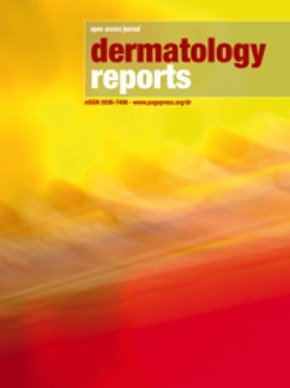Pityriasis following COVID-19 vaccinations: a systematic review
All claims expressed in this article are solely those of the authors and do not necessarily represent those of their affiliated organizations, or those of the publisher, the editors and the reviewers. Any product that may be evaluated in this article or claim that may be made by its manufacturer is not guaranteed or endorsed by the publisher.
Authors
In the wake of a global COVID-19 pandemic, where innovations in vaccination technology and the speed of development and distribution have been unprecedented, a wide variety of post-vaccination cutaneous reactions have surfaced. However, there has not been a systematic review that investigates pityriasis eruptions and the associated variants following COVID-19 inoculations. A PubMed search using Preferred Reporting Items for Systematic Reviews and Meta-Analyses was performed to find case reports from the earliest record through November 2022. Data including types of vaccination and pityriasis were extracted and a quality review was performed; 47 reports with 94 patients were found: 64.9% had pityriasis rosea (PR), 3.2% PR-like eruptions, 16.0% pityriasis rubra pilaris, 7.4% pityriasis lichenoides et varioliformis acuta, 3.2% pityriasis lichenoides chronica, and 5.3% had reactions described as atypical. The top three COVID-19 vaccinations reported were Pfizer-BioNTech (47.9%), Oxford-AstraZeneca (11.7%), and Moderna (8.5%). Pityriasis reactivity was reported most frequently after the Pfizer-BioNTech vaccination, with pityriasis rosea being the most common variant. A large difference was additionally found between the ratio of post-vaccination pityriasis reactions following Pfizer and Moderna vaccinations (5.63), and the ratio of Pfizer’s usage in the United States as of December 28, 2022 relative to that of Moderna (1.59). Further studies with adequate follow-up periods and diagnostic testing will thus need to be performed to elucidate the root of this discrepancy and better characterize the association between different pityriasis reactions and COVID-19 vaccinations.
How to Cite

This work is licensed under a Creative Commons Attribution-NonCommercial 4.0 International License.








